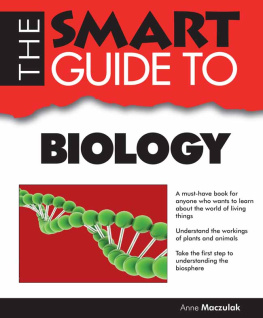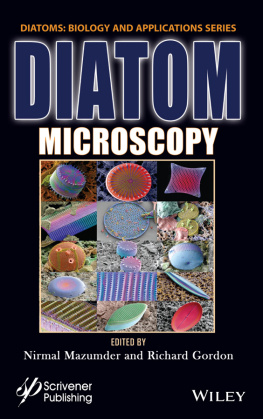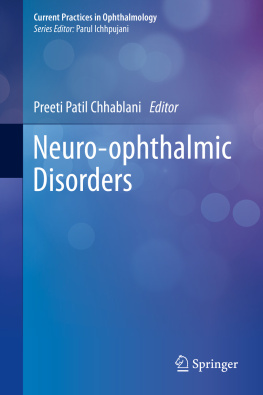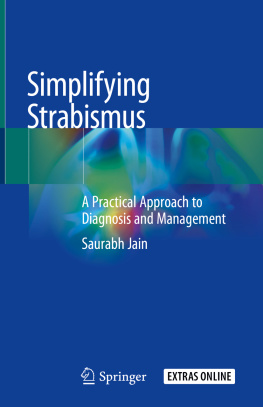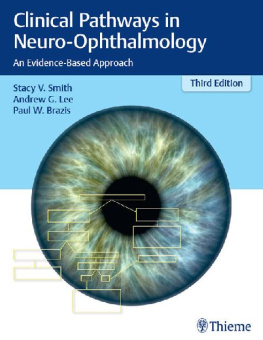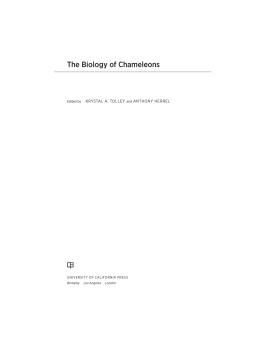
Scrivener Publishing
100 Cummings Center, Suite 541J Beverly, MA 01915-6106
Diatoms: Biology and Applications
Series Editors: Richard Gordon ()
Scope: The diatoms are a single-cell algal group, with each cell surrounded by a silica shell. The shells have beautiful attractive shapes with multiscalar structure at 8 orders of magnitude, and have several uses. 20% of the oxygen we breathe is produced by diatom photosynthesis, and they feed most of the aquatic food chain in freshwaters and the oceans. Diatoms serve as sources of biofuel and electrical solar energy production and are impacting on nanotechnology and photonics. They are important ecological and paleoclimate indicators. Some of them are extremophiles, living at high temperatures or in ice, at extremes of pH, at high or low light levels, and surviving desiccation. There are about 100,000 species and as many papers written about them since their discovery over three hundred years ago. The literature on diatoms is currently doubling every ten years, with 50,000 papers during the last decade (2006-2016). In this context, it is timely to review the progress to date, highlight cutting-edge discoveries, and discuss exciting future perspectives. To fulfill this objective, this new Diatom Series is being launched under the leadership of two experts in diatoms and related disciplines. The aim is to provide a comprehensive and reliable source of information on diatom biology and applications and enhance interdisciplinary collaborations required to advance knowledge and applications of diatoms.
Publishers at Scrivener Martin Scrivener ()
Diatom Gliding Motility
Edited by
Stanley Cohn
DePaul University, Chicago, IL, USA
Kalina Manoylov
Georgia College & State University, Milledgeville, GA, USA
and
Richard Gordon
Gulf Specimen Marine Laboratory & Aquarium, Panacea, FL, USA and Wayne State University, Detroit, MI, USA

This edition first published 2021 by John Wiley & Sons, Inc., 111 River Street, Hoboken, NJ 07030, USA and Scrivener Publishing LLC, 100 Cummings Center, Suite 541J, Beverly, MA 01915, USA
2021 Scrivener Publishing LLC
For more information about Scrivener publications please visit www.scrivenerpublishing.com.
All rights reserved. No part of this publication may be reproduced, stored in a retrieval system, or transmitted, in any form or by any means, electronic, mechanical, photocopying, recording, or otherwise, except as permitted by law. Advice on how to obtain permission to reuse material from this title is available at http://www.wiley.com/go/permissions.
Wiley Global Headquarters
111 River Street, Hoboken, NJ 07030, USA
For details of our global editorial offices, customer services, and more information about Wiley products visit us at www.wiley.com.
Limit of Liability/Disclaimer of Warranty
While the publisher and authors have used their best efforts in preparing this work, they make no representations or warranties with respect to the accuracy or completeness of the contents of this work and specifically disclaim all warranties, including without limitation any implied warranties of merchant-ability or fitness for a particular purpose. No warranty may be created or extended by sales representatives, written sales materials, or promotional statements for this work. The fact that an organization, website, or product is referred to in this work as a citation and/or potential source of further information does not mean that the publisher and authors endorse the information or services the organization, website, or product may provide or recommendations it may make. This work is sold with the understanding that the publisher is not engaged in rendering professional services. The advice and strategies contained herein may not be suitable for your situation. You should consult with a specialist where appropriate. Neither the publisher nor authors shall be liable for any loss of profit or any other commercial damages, including but not limited to special, incidental, consequential, or other damages. Further, readers should be aware that websites listed in this work may have changed or disappeared between when this work was written and when it is read.
Library of Congress Cataloging-in-Publication Data
ISBN 9781119526353
Cover image: Thomas Harbich
Cover design by Russell Richardson
Set in size of 11pt and Minion Pro by Manila Typesetting Company, Makati, Philippines
Printed in the USA
10 9 8 7 6 5 4 3 2 1
Dedication to Jeremy D. Pickett-Heaps In Memoriam 19402021
The editors of this volume would like to dedicate this collection to Dr. Jeremy D. Pickett-Heaps, with thanks and gratitude for his leadership and stalwart advocacy in advancing studies of diatoms and diatom motility. Sadly, Jeremy passed away just prior to this volumes publication. One of the editors (SAC) had the pleasure and honor of studying and working with Jeremy and is proud to write this dedication. In addition, another editor (RG) visited Jeremy in Colorado where he was greatly influenced on his work in diatom morphogenesis.
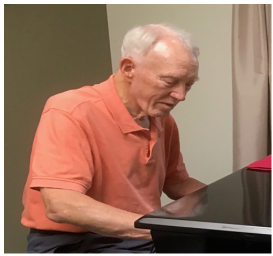
Jeremy was truly an international scholar. Born in Mumbai, India, he received his B.A. and Ph.D. in Cambridge, England, and did his postdoctoral work back in his home of Australia. He then worked for almost 20 years as a professor at the University of Colorado Boulder, after which he went back to Melbourne to the University of Melbourne until his retirement. His work on algae was prodigious, as witnessed by the large number of excellent publications listed at the end of this dedication.
Jeremy was always a strong advocate for live observation of cell behaviors. While Jeremy always understood the value and use of theoretical and in vitro biochemical studies (in fact, early in my career I published a theoretical model of cell division along with him [1.180]), Jeremy would always tell everyone in the lab to let the in vivo living cells tell you what is really going on. While the in vitro studies and electron microscope structural studies could provide direction and constraints, Jeremy always relied on live cell observations to drive his understandings.
His love of microscopy led Jeremy to not only record cells for research purposes, but to start a new company, Cytographics, in which he used 16 mm and video recordings to make educational materials displaying cellular processes (e.g., [1.128] [1.129] [1.161]). In Jeremys own words from his Cytographics site, As this [electron microscope] work progressed, I became increasingly frustrated at trying to recreate dynamic cellular events solely from static images. A turning point in my career came when I first saw the extraordinary sight of a live diatom undergoing mitosis at high magnification. After borrowing a 16 mm time-lapse camera, I was soon filming algae doing all the things I had studied with the electron microscope. Since then, I have built up a laboratory devoted to the high-resolution video imaging and recording of all sorts of cells and microscopic organisms going about their complex and extraordinary lives. Its the best peep show around!
Jeremy was a true trailblazer in the study of algae. Discovering the passage of cell wall material from the Golgi [1.51], the role of microtubules and microtubule organizing centers (e.g., [1.90] [1.94] [1.119] [1.123]), and evolutionary relationships among algae (e.g., [1.93] [1.106] [1.111] [1.113]) Jeremy always tried to look at algae in new ways. His work, and that of his students and colleagues, was instrumental in using the highly organized mitotic spindle in diatoms to understand microtubule organization during cell division [1.61] [1.79] [1.218] [1.224] [1.228]. But among the algae, diatoms have always been special to Jeremy.
Next page


